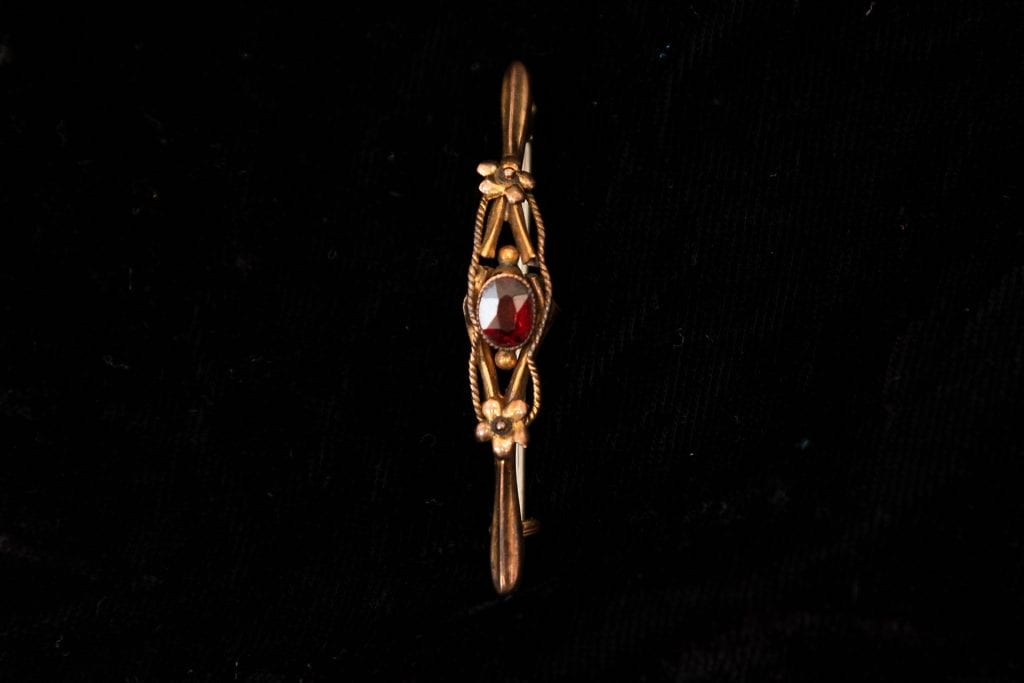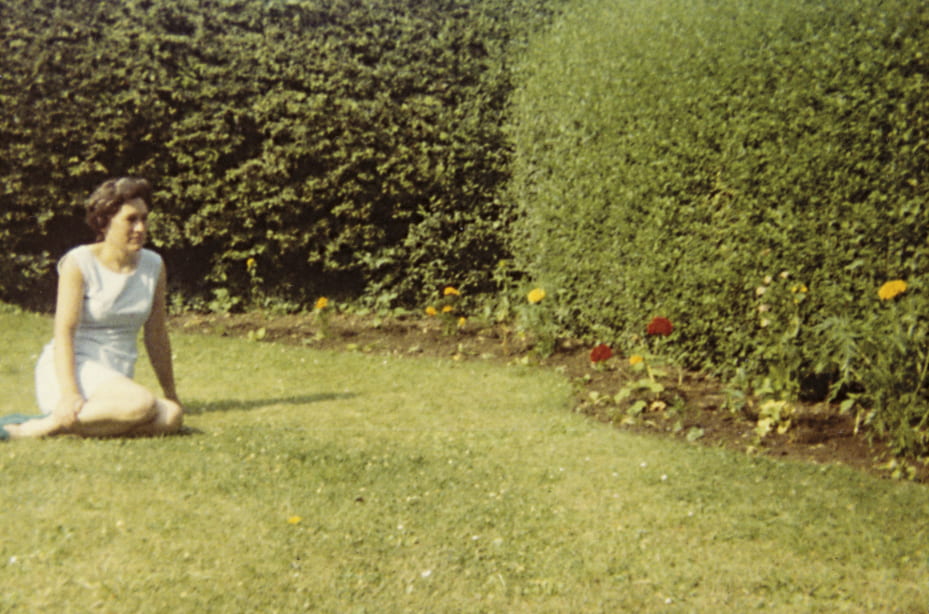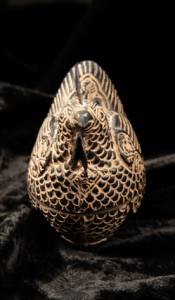The photograph below is of my Great Grandmother, Beatrice Mary Bradley. She was born in 1901 and died in 1998 at 97 years of age.
There is something about looking at old family photographs, taken years before I was born, that brings out the detective in me. I like inspecting them, noticing the small and often overlooked details. How a person folds their hands, what jewellery and clothing they are wearing, how they interact with the camera; these are all little clues that can reveal a bigger picture. I like to use these ‘clues’ to build a narrative of my family history, not just relying on the stories past down to me, but creating my own story of family members I either never met, or knew very little about.

Beatrice Mary Bradley (My Great Grandmother).
Bradley was my Great Grandmother’s maiden name and most people called her Beatie. I only have memories of her as an old lady, and knew very little of her life as a young woman. In 1923 she married George Laycock (my Great Grandfather who died before I was born) and they lived together in the farmers cottage at Spring Lodge farm, where my Grandfather worked as a shepherd, for most of their lives.
The main things I remember about my Great Grandmother are- she loved sugared almonds, she hated big hairy caterpillars (which I discovered after dangling one I’d found in her face while she screamed at me to get it away from her), she loved children and babies (which is why I was forgiven for the caterpillar incident) and hated things being late i.e. not eating dinner at 12pm and tea at 5pm like she had done all her life. She was a woman of routine, she could be stern and stubborn (and sometimes a little scary) as well as being generous and giving (especially when it came to sharing her stash of sweeties with me and my brother when we were little!) .
One of the only things I have that belonged to her is a red jewelled pin brooch, which I was given after she died. When I looked again at the photograph of ‘Beatrice Mary Bradley’ I became convinced the brooch she was wearing in the picture was the same one I now had in my possession!

The Brooch.
On closer inspection I wasn’t so sure, I held the brooch in one hand and the photograph in the other- scrutinised both – could they be the same? I decided probably not, but also decided that it didn’t really matter, it was my clue all the same, my ‘way in’ to the photograph.

The Brooch?
This ‘way in’ created a new connection between me and my Great Grandmother. Instead of knowing her as an old lady I wanted to know the real ‘Beatie’, the woman who had lived for almost a whole century. I remembered hearing stories of how she had worked at Askern Post Office during World War 1, when many of the men from the area went off to war, she was cycling between the local villages delivering important letters and telegrams.
This got me wondering if this is how she met George, my Great Grandfather. George was a farm worker and when war broke out in 1914, as an essential worker in a ‘reserved occupation’, he was exempt from military service and had to stay and work the farm. Did Beatie deliver post to the farm he was working on during those war years?
In the end it was the discovery of a newspaper clipping from my family collection, with ‘February 1973’ handwritten on it, that gave me the details of how George and Beatie first met.
 It turns out it was my Great Grandad’s love of arrowroot biscuits that brought them together. Could that explain my own sweet tooth…? Its certainly runs in the family, and sometimes I feel like I was raised on tea and biscuits! But the most important detail in this article for me, was the fact that Beatrice was trained to cook by a French chef, and was obviously a skilled baker and cook herself. I knew she was the one who would cook for the family when her husband was out working on the farm, but I never knew it was also her occupation before she married, and a skill and passion she carried on into her later years. I was also unaware that she was a founding member of the Women’s Institute (WI) in the village of Womersley.
It turns out it was my Great Grandad’s love of arrowroot biscuits that brought them together. Could that explain my own sweet tooth…? Its certainly runs in the family, and sometimes I feel like I was raised on tea and biscuits! But the most important detail in this article for me, was the fact that Beatrice was trained to cook by a French chef, and was obviously a skilled baker and cook herself. I knew she was the one who would cook for the family when her husband was out working on the farm, but I never knew it was also her occupation before she married, and a skill and passion she carried on into her later years. I was also unaware that she was a founding member of the Women’s Institute (WI) in the village of Womersley.

The details provided by this newspaper article allowed me to look at the photograph of Beatrice with fresh eyes. I could now imagine the life she had outside of the family unit, the independent life she had lived, and the narrative she had shared with the community of women in her WI group.
When we look at our family albums and ancestral archives it is important to look not only for the family narrative, but the individual ones. The people our family members were, or are, both inside and outside of the family sphere. My story started with a red pin brooch and ended with a newspaper clipping detailing a love story that began in a confectioners in a small Yorkshire village. It also led me to know more about my Great Grandmother and the woman she was.
So why not dig out a few items from your own personal collections and see where a bit of detective work could lead you.
If you would like to share your own family story please feel free to email me, or comment on this blog post. Thank you for reading and I’ll post again soon. Rachel 🙂


















